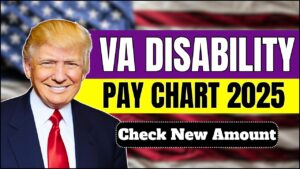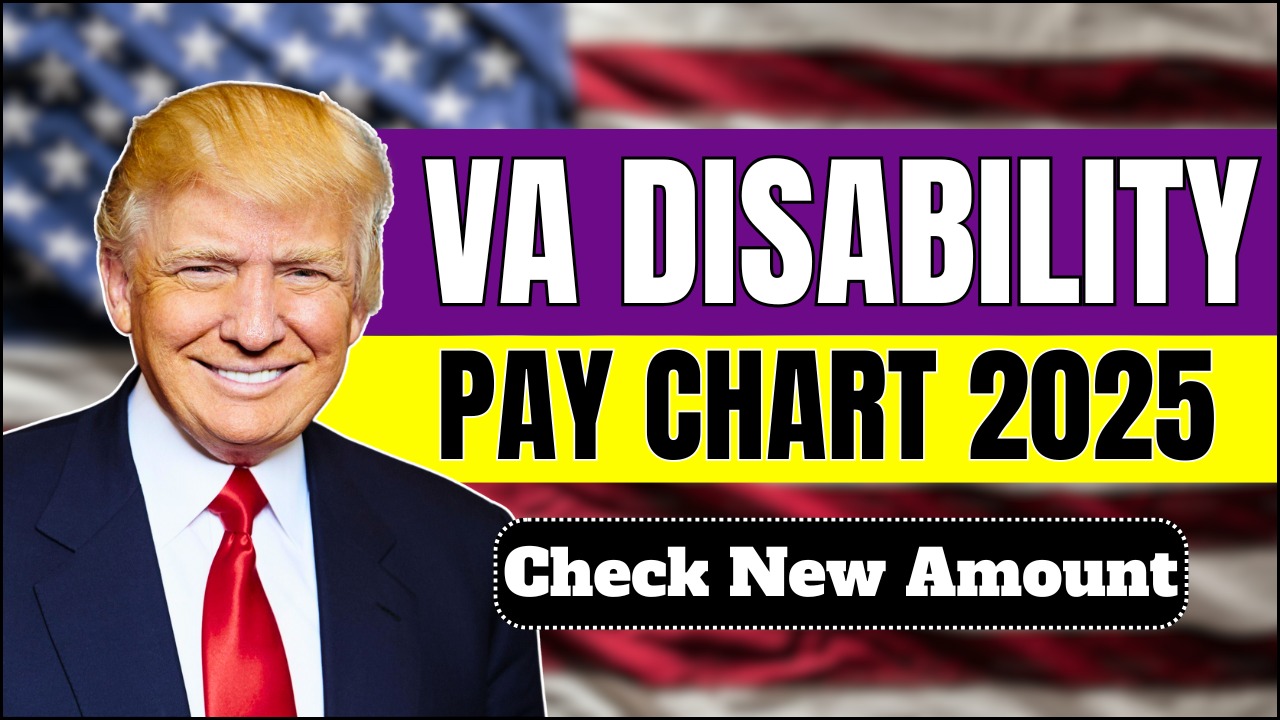As of November 2025, the Supplemental Nutrition Assistance Program (SNAP) has undergone major updates aimed at improving access to healthy food for low-income individuals and families across the United States. The revised SNAP Rules 2025 introduce changes in eligibility, income thresholds, and benefit distribution—ensuring that more Americans receive fair and consistent food assistance amid rising living costs.
With food inflation and essential expenses continuing to climb, these new rules help make nutritious food more accessible while reducing the administrative burden for applicants. Whether you are an existing SNAP recipient or a new applicant, understanding these updated regulations is crucial to maintaining uninterrupted benefits.
Table of Contents
Overview
| Authority | U.S. Department of Agriculture (USDA) |
|---|---|
| Program Name | Supplemental Nutrition Assistance Program (SNAP) |
| Country | United States |
| Year | 2025–2026 |
| Implementation Date | November 2025 |
| Payment Mode | EBT card deposits and online state portals |
| Purpose | To provide food assistance for low-income households |
| Category | Federal Government Aid |
| Official Website | https://www.fns.usda.gov |
The SNAP program remains a key federal initiative under the USDA, supporting millions of Americans through monthly EBT card deposits that can be used for groceries and essential food items.
New SNAP Eligibility Rules for November 2025
Under the updated rules, households must meet specific income and residency standards to qualify. Here are the major eligibility requirements:
- Gross Income Limit: Must be at or below 130% of the federal poverty level for the household.
- Net Income Limit: Unearned monthly income (like certain benefits) must remain at or below 100% of the federal poverty guideline.
- Asset Limit: Applies to most families. Households without elderly (60+) or disabled members must remain within standard asset caps.
- Residency: Applications must be filed in the state of permanent residence.
- Citizenship: Only U.S. citizens or qualified non-citizens are eligible; documentation may be required during application review.
Families can lower their countable income by reporting deductible expenses, including:
- Rent and utility costs
- Childcare expenses
- Out-of-pocket medical costs for elderly or disabled members
These deductions help reduce net income, increasing the likelihood of qualification and maximizing monthly benefits.
How SNAP Benefits Are Calculated
SNAP benefits are determined by household size, income, and expenses. The government adjusts these benefit levels annually to reflect inflation and the cost of living.
Here’s a simplified explanation of how the benefit amount is calculated:
- Each household size has a maximum monthly benefit limit set by the USDA.
- The program deducts 30% of the household’s net income from that maximum limit.
- The resulting figure is your monthly SNAP benefit amount.
For example, a family with low income and high rent expenses might receive higher benefits, while those with more income or fewer expenses may receive less.
Recent Changes and Improvements to SNAP (Effective November 2025)
Several reforms have been introduced at the federal and state levels this November, focusing on improving efficiency and accessibility:
- Updated Income Limits: States are aligning SNAP thresholds with inflation-adjusted poverty guidelines.
- Streamlined Distribution: Payments are now being issued more evenly throughout the month to reduce processing backlogs.
- Simplified Application Process: Many states have adopted faster online verification systems for new applicants.
- Administrative Cost Reduction: Improved automation and digital filing aim to make benefit delivery faster and cheaper.
These updates make it easier for families to plan grocery budgets and ensure timely access to benefits each month.
Important Points to Remember About SNAP Rules
Although SNAP is a national program, many operational details—such as payment dates and eligibility interpretation—vary by state.
To ensure smooth access to benefits:
- Always verify your state’s SNAP issuance schedule.
- Keep your income and address records up to date.
- Respond promptly to requests for documentation to avoid payment delays.
Understanding these details helps ensure you receive the correct amount of aid each month.
How to Check Your SNAP Benefit Status
There are several secure and convenient ways to check your SNAP balance and status:
- State SNAP Portals: Most states allow users to log in online to view balances, payment history, and deposit dates.
- EBT Customer Service: Call the number on the back of your EBT card to check your balance and transaction details.
- Mobile Apps: Many states have dedicated apps that allow beneficiaries to manage accounts and view payment updates.
- Local SNAP Office: You can contact your local office directly to update information or submit required documents.
To avoid delays, make sure your documents are verified before your state’s next scheduled deposit date.
Final Thoughts
The SNAP Rules November 2025 update reflects the government’s commitment to improving food access and affordability for low-income households. By revising income limits, simplifying applications, and streamlining benefit delivery, the USDA aims to make food security more attainable for millions of Americans.
For families struggling with high grocery costs, SNAP remains a dependable support system that not only reduces hunger but also strengthens community well-being. Staying informed about your eligibility and state-specific rules ensures you never miss out on essential benefits that keep your household nourished.
FAQs
Q1. What income limit applies for SNAP eligibility in 2025?
Households must earn at or below 130% of the federal poverty level to qualify.
Q2. How can I check my SNAP balance or payment date?
You can check your balance through your state’s SNAP portal, EBT card helpline, or mobile app.
Q3. Do all states follow the same SNAP payment dates?
No, each state has its own payment schedule based on administrative processing.








